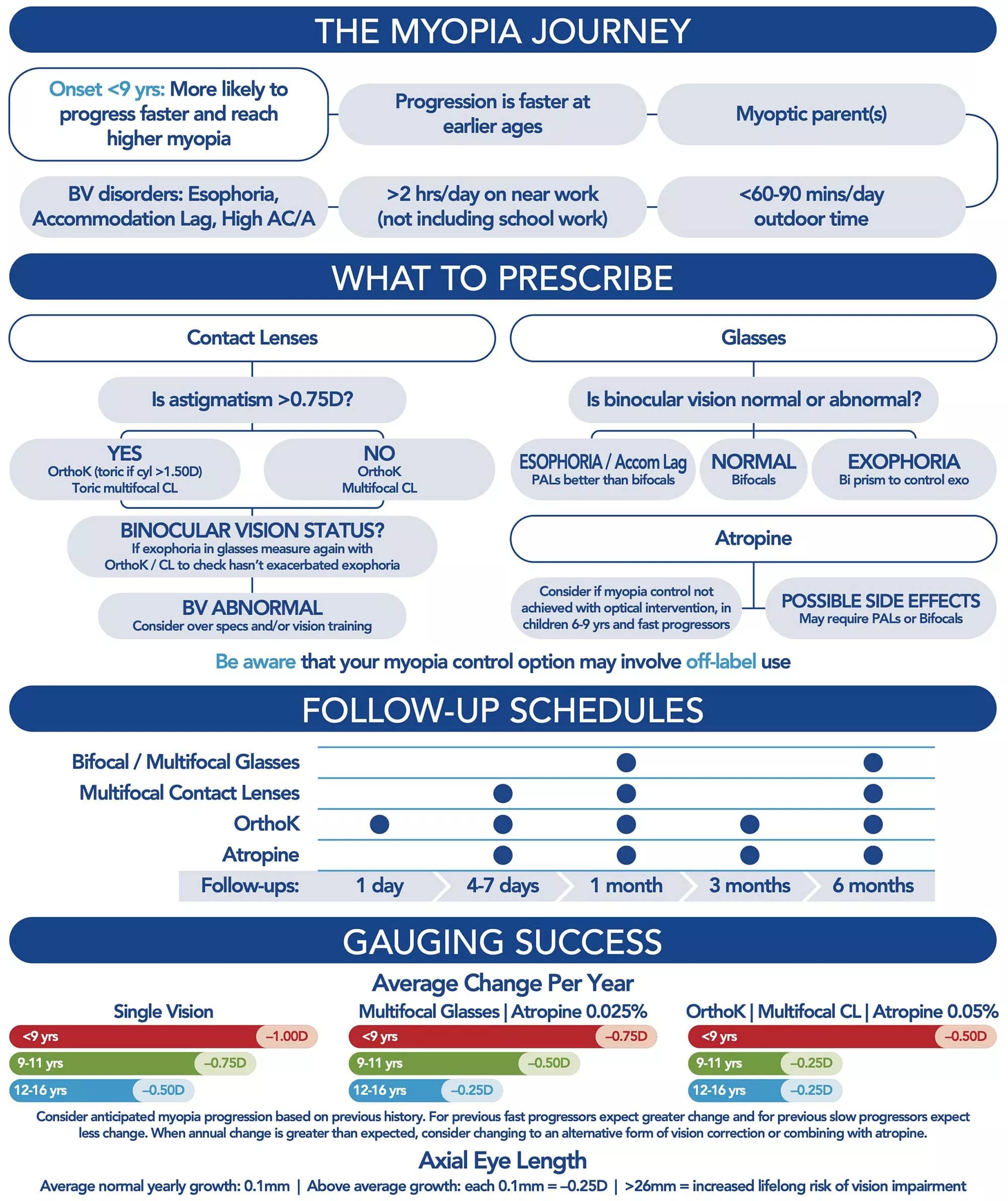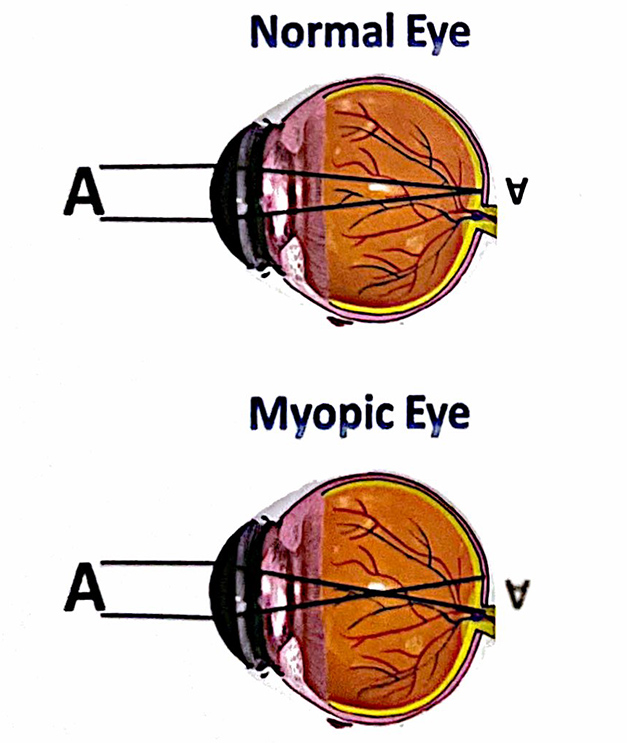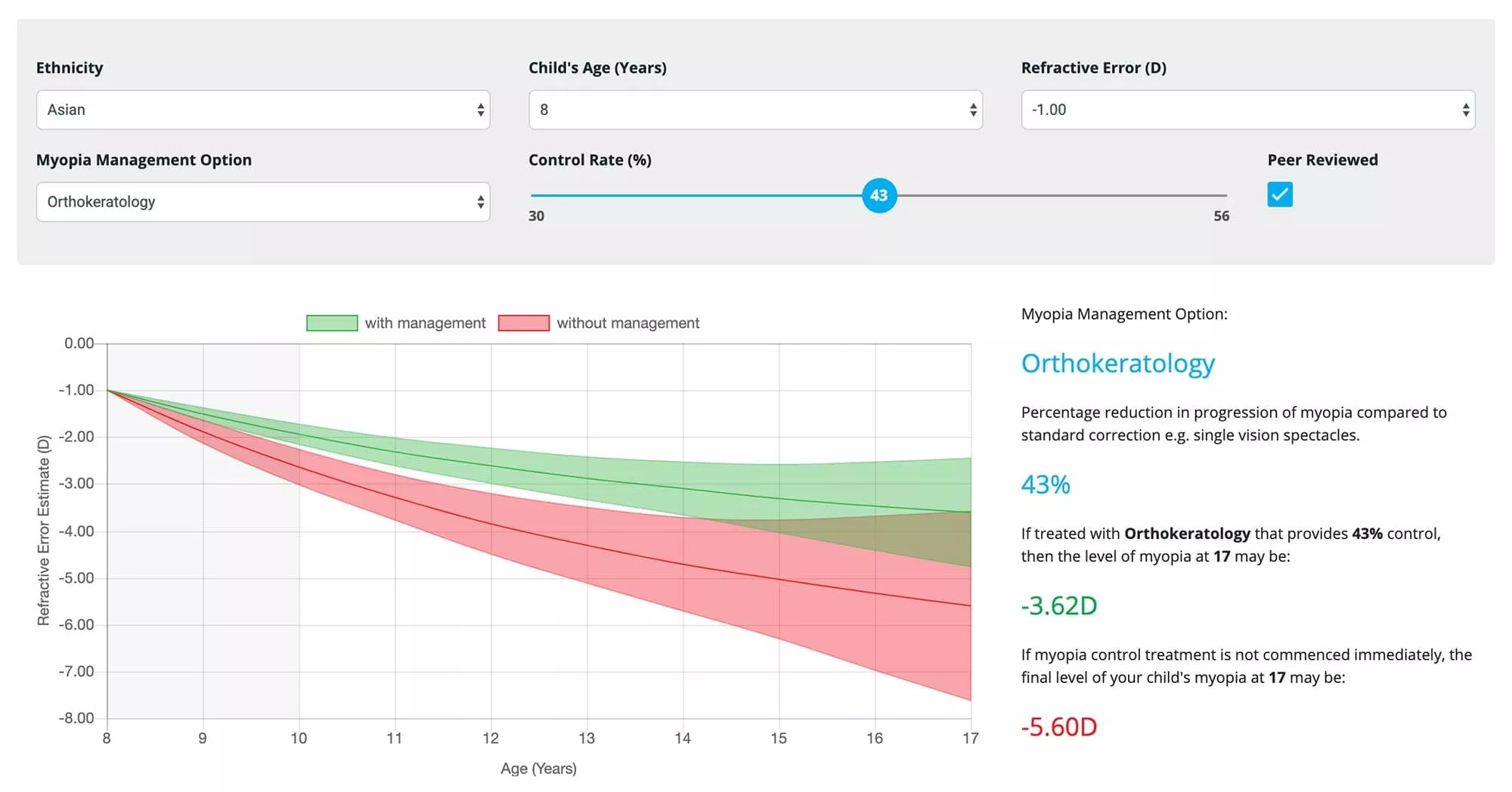Ortho-K And Corneal Refractive Therapy:
Overnight Contacts To Correct Myopia
What Is Ortho-K?
Orthokeratology (ortho-k) is the fitting of specially designed gas permeable contact lenses that you wear overnight. While you are asleep, the lenses gently reshape the front surface of your eye (cornea) so you can see clearly the following day after you remove the lenses when you wake up.
ORTHO-K LENSES ARE PRESCRIBED FOR TWO PURPOSES:
🠮 To correct refractive errors (primarily nearsightedness, but also astigmatism and hyperopia). In some cases, ortho-k also is used to correct presbyopia.
🠮 To slow the progression of childhood myopia. (Read more about myopia control.)
Ortho-k lenses are also called “corneal reshaping contact lenses” or “overnight contact lenses to correct or control myopia.”
How Long Does The Ortho-K Effect Last?
🠮 You should be able to see acceptably well without glasses or contact lenses for a day or two, sometimes longer. For best results, you should wear the ortho-k lenses every night.
Which Vision Problems Can Ortho-K Correct?
🠮 Orthokeratology is most frequently used to temporarily correct myopia (nearsightedness). Generally, ortho-k can correct upwards of -6.00 diopters (D) of myopia.
🠮 Ortho-k also can correct lesser degrees of astigmatism, hyperopia and presbyopia.
WHO IS A GOOD CANDIDATE FOR ORTHOKERATOLOGY?
Most people with mild to moderate myopia (with or without mild astigmatism) are good candidates for ortho-k.
Because the corneal reshaping effect is temporary, little risk is involved, and you can discontinue wearing the lenses at any time — provided you are willing to start wearing glasses or contacts again when your myopia returns!
Children and young adults who want to be glasses-free but are too young for LASIK or are not good candidates for refractive surgery for other reasons (dry eyes, for example) often are good candidates for ortho-k. People who participate in contact sports or work in dusty environments that can pose problems for contact lens wear also can be good candidates.
What To Expect When You Begin Ortho-K
🠮 The eye doctor will begin by measuring the curvatures of your corneas using an instrument called a corneal topographer — a painless procedure that takes about a minute and produces a topographical map of your eye’s surface.
🠮 Your doctor will order custom ortho-k lenses for fitting at a later date.
How Long Does It Take For Maximum Ortho-K Effect?
🠮 Some people can have excellent vision after a day or two of overnight ortho-k. But for higher prescriptions it can take two weeks or longer for maximum correction.
Myopia Screener

Quick 5 Question Myopia Screener
Progressive myopia (nearsightedness) can affect eye health in children and into adulthood.
Myopia is also known as nearsightedness. It is when the vision is clear at a near distance but blurry in the distance. Glasses and contact lenses are used to provide clear vision in these cases. There are now technologies to also slow down the progression for those who have a clear risk for myopia progression. Treating this properly will lower the future risk of conditions such as retinal detachments and glaucoma. Complete this quick screener to get a starting point of the risk your child may have for myopia progression.
This is a brief 5 question survey can help you and your doctor assess your child’s risk of developing myopia and/or risk of progression.
Disclaimer: The results of this survey do not represent or replace medical advice. It is appropriate to speak to you eye care provider about your eye health.
Myopia Control

Myopia Control Stats
What Is Myopia?

Myopia is the medical term for nearsightedness or short-sightedness.
Myopia refers to a vision disorder which manifests itself as blurred distance vision.
Myopia can easily be managed with eye- glasses or contact lenses in children, adolescents and adults.
Myopia occurs when the eye becomes elongated which causes the eye’s focal point to form in front of the retina causing blur (Figure 1).
Myopia typically develops between the ages of 5 and 16. The amount of myopia is measured in units called diopters.
According to the World Health Organization (WHO), myopia is the most commonly occurring vision defect. Projections have shown that by 2050, more than half of the world’s population will be myopic with 10% of those having severe myopia.
In Summary
🠮 Myopia is described as a visual defect caused by an eye that has become too long and is
characterized by blurry distance vision.
🠮 The longer the eye grows, the more nearsighted the child becomes. With myopia greater than 6.00 diopters, the risk of secondary diseases
increases considerably.
The Causes Of Myopia
There are multiple causes of myopia and its progression. We currently know the following causes:
• Genetic and hereditary factors
• Intense near point activities
• Reading distance too close
• Lack of exposure to natural daylight
• Blurry image on the peripheral retina
It is important to realize that the progression of myopia, which we must control and treat, cannot be attributed to one single cause.
In Summary
🠮 Different therapeutic measures can be applied on the basis of a risk assessment. The current recognized treatment options include special contact lenses and atropine.
🠮 These treatments should be continued until the eye has stopped growing.
Possibilities For Myopia Control
The right method for your child will depend on multiple measurements, risk assessments and lifestyle.
Indeed, not all children are ready to wear glasses or contact lenses.
In addition, the different treatment methods differ in terms of efficacy and cost. In some cases, multiple treatment modalities can be combined to increase the chances of
controlling myopia. At present, no treatment can completely control, treat or prevent the progression of myopia. Its effectiveness is not the same for all children, though the multitude of options have continued to show moderate to significant success.
In Summary
🠮 The causes of myopia and its progression are multifactorial.
🠮 Unfortunately, there is not one single reason for the progression of myopia The currently known causes include genetics, excessive close-up work, blurred images on the retina and children’s lack of time spent outdoors in natural daylight.
Good To Know
The number of people suffering from myopia is increasing worldwide.
Unfortunately, the number of younger and younger children with myopia is also increasing.
Severe myopia causes a higher percentage of eye diseases which can lead to severe visual impairment and even blindness in old age.
Fortunately, there are ways to control and even slow down myopia progression in children and adolescents:
• 90 minutes of exposure to daylight per day promotes healthy eye development especially before myopia develops.
• Avoiding intense and prolonged close-up work reduces visual stress and eyestrain. Regular breaks and looking away exercises relaxes the eye muscles.
• Regular eye exams by a myopia control specialist allows myopia to be detected and
treated at an early stage.
What behaviors and symptoms may indicate eye disease in your children?
• Closing or masking one eye
• Constantly holding books or electronic
devices close to their eyes
• Frequent eye rubbing
• Blurred vision
• Double vision
• Frequent headaches
• Sensitivity to light and glare
• Siting too close to the television or squinting
to see distances
• Difficulties concentrating and skipping over words and lines while reading


READY TO TRY ORTHO-K LENSES?
At Market Mall Eye Clinic, you’ll receive comprehensive eye care and great service from local Calgary optometrists using advanced technology. See the world in high definition with our broad selection of the latest contact lenses.